Research-Backed Tips to Enhance Writing Skills
Teaching writing to Newcomer ESL (English as a Second Language) students can be a rewarding but challenging task. These students often face the daunting task of learning a new language while adapting to a new culture. However, with the right strategies and a solid understanding of their unique needs, ESL teachers can help their students become confident and proficient writers. In this blog, we will explore seven powerful writing strategies for ESL Newcomers, backed by research findings.
1. Visual Aids: A Picture is Worth a Thousand Words
Research Insight: According to a study published in the "Journal of Educational Psychology," visuals enhance language acquisition and retention in ESL students. Visuals help students grasp concepts faster and improve their writing (Manzano, 2018).
Tip#1 Incorporate visuals such as images, diagrams, and illustrations to support writing prompts and exercises. Visuals provide context and aid comprehension.


 Newcomer: label Beginner: copy/ circle Intermediate: use vocab word bank
Newcomer: label Beginner: copy/ circle Intermediate: use vocab word bank
Provide visuals/ Vocabulary word walls
2. Sentence Starters: Jumpstart Their Writing
Research Insight: In a study conducted by Smith et al. (2019) in "TESOL Quarterly," sentence starters provide scaffolding for English language learners, helping them structure sentences correctly.
Tip#2 Provide sentence starters like "I like..." or "My favorite..." to help Newcomers build sentences with confidence.
3. Sentence Stems: Expanding Their Expression
Research Insight: According to research by Garcia and Perez (2020) published in the "Journal of Language and Linguistic Studies," sentence stems provide opportunities for students to build more complex sentences as they progress in their language skills.
Tip#3 Use sentence stems that encourage expanding thoughts, such as "I like ___, and ___ is ___ because..."
4. Word Banks: Building Vocabulary and Confidence
Research Insight: A study by Lee and Kim (2017) in the "TESOL Quarterly" found that word banks improve vocabulary acquisition and writing skills in ESL students.
Tip#4 Create word banks with essential vocabulary, accompanied by visuals. Encourage students to use these words in their writing. Display vocabulary posters/ words with vivid verbs & juicy adjectives in the writing center.
5. Paper Choices: Offering Comfort and Familiarity
Research Insight: Providing varied paper choices, including lined, dotted, and blank, can accommodate students' different needs and preferences (Manzano, 2019).
Tip#4 Offer a range of paper choices, so students can select what suits them best for writing exercises.
6. Differentiated Difficulty Levels: Meeting Diverse Needs
Research Insight: A study by Ramirez and Hernandez (2018) in the "Journal of English Language Teaching" suggests that ESL students benefit from differentiated instruction, as it allows teachers to tailor their support to individual students' needs.
Tip#6: Differentiate writing activities to meet the varying levels of proficiency among students. Provide different levels of support and challenge.
7. Bilingual Glossaries: Leveraging Home Language Literacy
Research Insight: According to research by Fernandez and Ortiz (2021) in the "Journal of Multilingual Education," bilingual glossaries are valuable tools for students literate in their home language. They help bridge the gap between languages and support vocabulary acquisition.
Tip# 7 Provide bilingual glossaries for students who are literate in their home language. These glossaries can aid in understanding and translating key vocabulary, promoting bilingual literacy.
By implementing these seven powerful writing strategies, ESL teachers can empower their Newcomer students to become confident and skilled writers, bridging language barriers and fostering academic success. Remember that each student's journey is unique, so adapting these strategies to individual needs and progress is key to their success.
Interested in more tips and strategies, sign up for mailing list.
Looking for ways to support your ELL Newcomer's Listening, provide them with visual directions. Click below to a free visual directions handout.
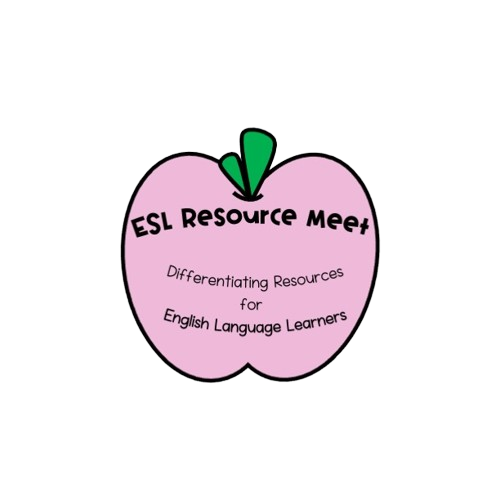









.png)

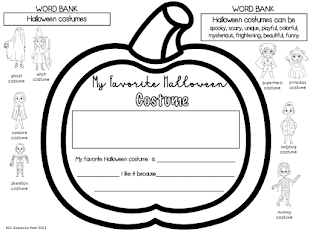












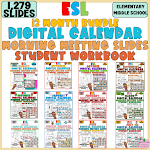




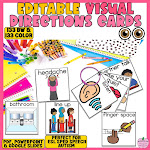




































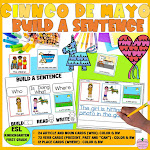







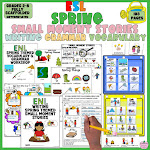




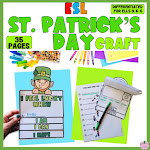
















































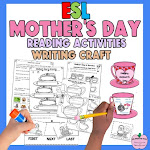
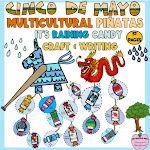
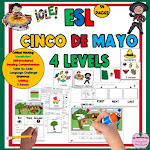
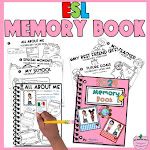




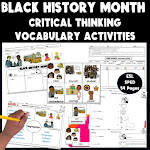
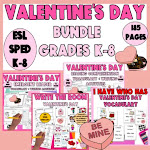
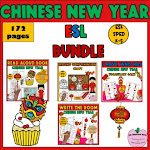

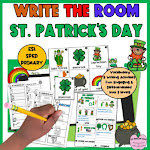
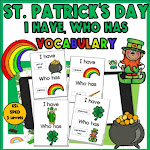
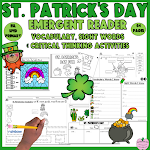



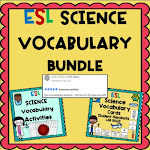




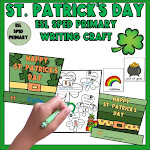

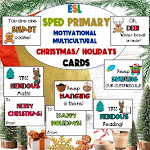
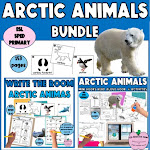

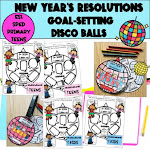
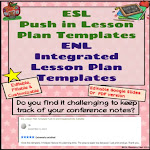



0 Comments